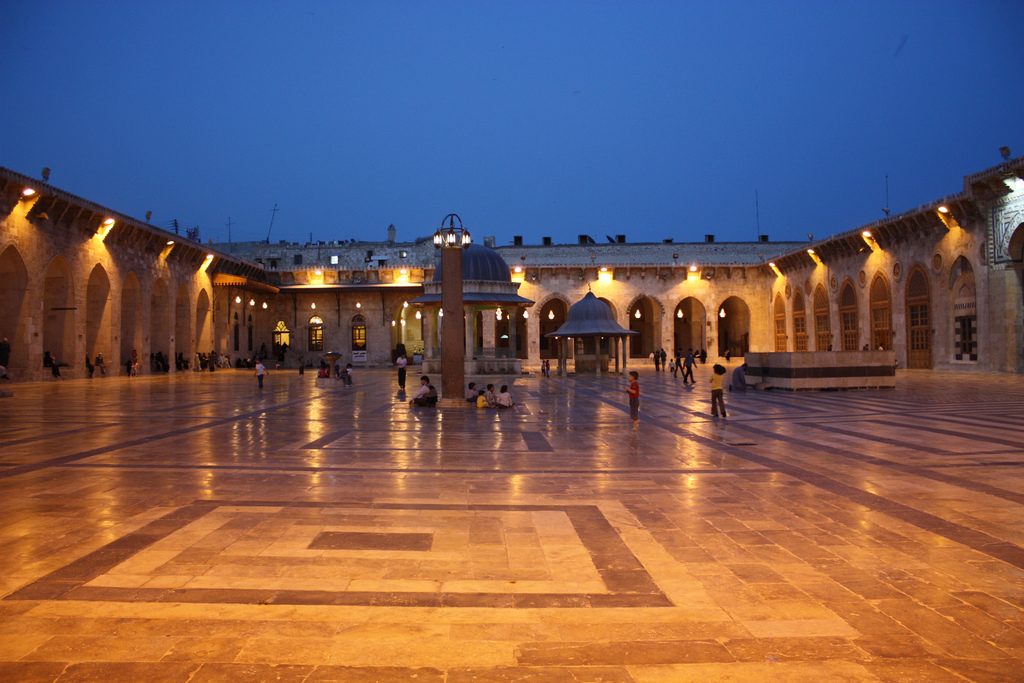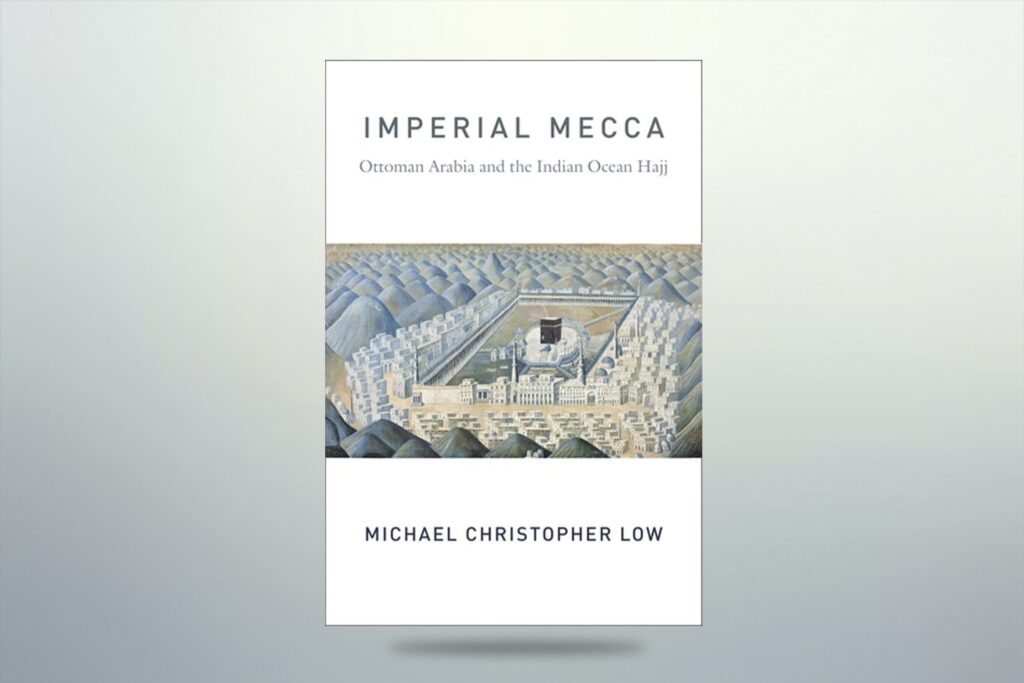By Charlotte Schriwer
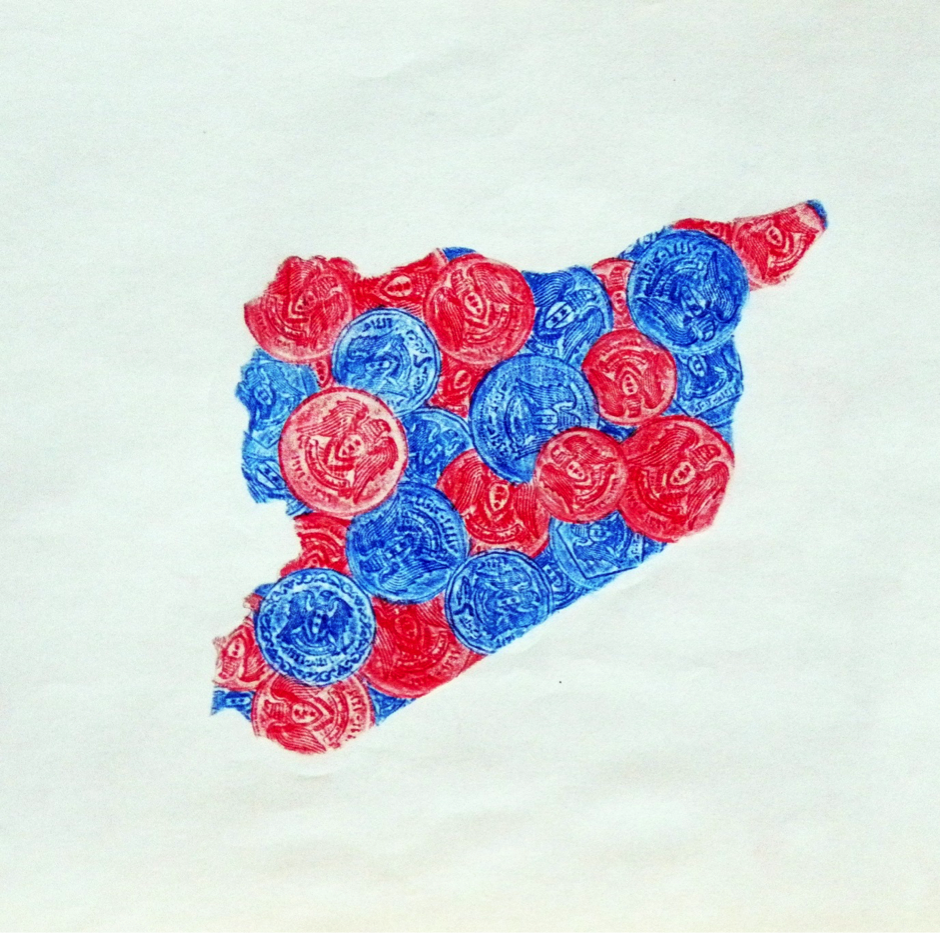
Texture of the city we Lost’..Aleppo, mixed media on paper 29.7 x 42 cm, 2013
Most of the world will know what the latest scenes from Aleppo resemble, a warzone with bombed out buildings, shelling and people firing bullets at each other day and night; long caravans of people fleeing to anywhere they can, and those who choose to stay have no food or water. The night time is particularly dangerous, as there is no electricity unless there is oil from the generator; and there is only oil if the many different groups that are fighting each other haven’t gotten to the supply first.
Issa Touma is an artist from Aleppo. The city is, and always will be, his home. As an artist in Syria in the current conflict his normal day is even less certain than those hundreds of thousands of other Syrians who are simply trying to survive the day without getting killed by the fighting or the coalition bombings; he, however, also risks persecution, not only for being a Christian, but also for being an artist outspoken against the different factions involved in the conflict. While under Bashar Assad’s regime, when the country was still at relative peace, he risked censorship and arrest, but in a controlled environment; one knew what to do, and what not to do, and where the boundaries where, to avoid imprisonment. Now, there are no boundaries’ everything is a crossed line, because the multitude of groups fighting each other have their own views on art and religion, and what is acceptable in their ideologies. For artists like Issa ‘ and there are many ‘ it is impossible to know what will be accepted, and what will be held to account. And yet, these are risks they are willing to take.
‘I cannot flee the city’ if I flee, they will have won. They must not win,’ he says.
He recounts the day in which the Syrian militia took his apartment.
‘They take whole buildings along the streets and use them for their soldiers. They took all my electronics, but I managed to rescue almost all of my art; they were not interested in that, hamdalillah.’ I asked him how he got his artworks out’ some of which are quite large. He had to go back to his apartment several times, but the problem was getting past the soldiers.
‘I left bottles of alcohol outside my apartment, and waited. When they were drunk, I went into my studio and took my things. Only the art’ the rest I didn’t care about.’ He continues:
‘The militia is so disorganised and careless. They leave their machine guns and weapons lying around, they get drunk and sleep. They are not effective.’
Issa then relates a story about the apartment below his. One night not too long ago, soldiers form the al-Nusra front, a Syrian Sunni jihadi group loosely affiliated to al-Qaeda, crept silently across the rooftops of neighbouring buildings, and when they reached Issa’s block, the entered the apartment below his, and killed all the militia. Then they left.
‘When I visited my home the day after, the stairs were red with blood and the smell of blood was everywhere.’
‘This is common,’ Issa states, in a disturbingly matter of fact manner. It shows how normality in daily life has been reset in this ongoing war zone. It is beyond comprehension to those of us who live in peaceful times, where there is no noise from bombs or gun fire; where there are no bodies in the streets, no children crying, or screaming people; where there is no blood on the stairs.
Aleppo is controlled by a number of different militia groups, and depending on which part of the city you live in, safety levels vary.
Issa tells of fellow artist Thaer Hizzi, who lives in the Hamidiya quarter. Hizzi left his home for a while because life had become unbearable; leaving his house meant there was a grave chance he would be seriously injured or killed, because the fighting was so heavy. Now, however, thanks to the Kurdish army who cleared out the rebel groups recently, things are safer, and the artist has returned home. Issa also tells the story of Am Ambdo, a friend of a friend, whose home was taken over by the army or one of the rebel groups. She had to leave and found refuge with relatives in another part of Aleppo. But the trauma of leaving her home, where she had lived most of her life, was so profound that she risked her life almost every day to return to her occupied home to see if she could get it back. Traumas of violent conflict have many faces.
I ask him about the more practical aspects of being an artist in a war zone’ the challenges of finding materials, working without light, and the constant looming risk of being discovered by those who do not agree with your ideas or beliefs.
‘We have ways. People outside Aleppo help us. Do you know about Waka Waka?’ he asks me, and pulls out a solar powered flashlight with SOS signalling capability, designed by a Dutchman. It can also serve as a battery charger for mobile phones, laptops, and other devices.
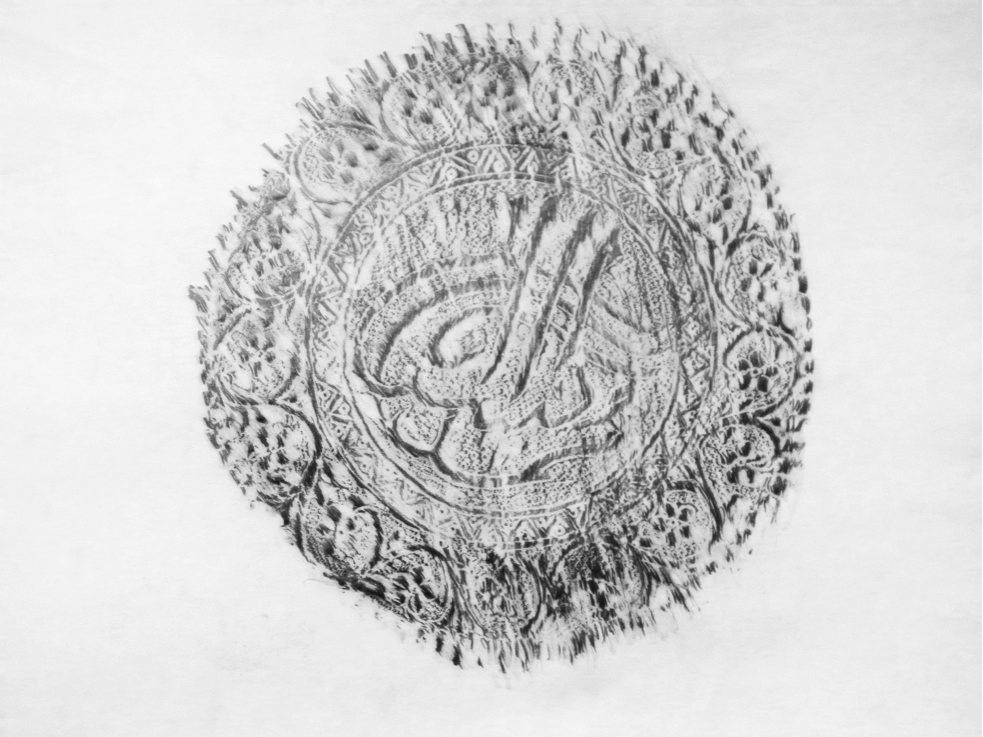
Texture of the city we Lost’..Aleppo, mixed media on paper 29.7 x 42 cm, 2013
‘It’s amazing,’ he says, ‘because we can use this to work at night. I got them for all of my friends. But you have to be careful who you give it to ‘ some have ended up in the hands of the fighters, even Islamic State.’
Islamic State are only about 20km away from the outskirts of Aleppo. The allied coalition has been bombing the area relentlessly. I ask Issa whether they sometimes miss their targets and hit the city instead of the jihadi strongholds.
‘Yes,’ he replies, ‘all the time. Everyone is a target ‘ good or bad.’
He continues to tell me that this war is not worth it. No one knows what will happen when it’s over, and the whole country is in ruins. Hundreds of thousands of people (estimates are as high as 470 000)[1] have lost their lives so far. The ‘West’ talks about democracy, but democracy means little to those who have lost their families and everything they own. The fight against Bashar al-Assad has turned into a fight between brothers and sisters, the allied coalition, and now the Russians.
I ask him again about his art. Issa is a renowned artist who has exhibited in world famous institutions such as the Victoria & Albert and British Museums in the UK, as well as renowned art galleries in Paris and Vienna. I wonder if they hold exhibitions in Aleppo.
‘Yes,’ he says, ‘but we have to be careful. We do not make an announcement until after the exhibition is over. The idea is to not let anyone use us as political message, or use it as part of war propaganda. We invite people by word of mouth, and only through people we can really trust. It has worked really well so far.’
Issa has a program called ‘Art Camping’ where he engages anyone who is interested in documenting Aleppo’s artistic and cultural heritage. The project started shortly before the violence broke out in Syria in 2011. ‘Art Camping’ aims to document the artistic fabric of the city by recording’ usually through etchings’ the iconic artworks and symbols of the city. This includes everything from symbolic decoration from ancient buildings to tools of everyday life such as coffee spoons, pots and ladles. For art historians, this is an invaluable resource for the future as many of these ‘ buildings in particular ‘ all have been, or probably will be, lost to the civil war. Every documented art work has been carefully recorded (time, date, place) to provide a record, a memory, for the future. And it is this memory that will be important once the war is over and reconstruction begins; not only for practical purposes, but also for intangible reasons’ memory that is so important to all kinds of different groups of people; but a memory that perhaps will also recall the differences that started this war in the first place.
In an article written in the late 1990s, the Lebanese author Elias Khoury talks about memory and the city of Beirut in the aftermath of the Lebanese civil war. Unfortunately, there was no artist in Beirut at the time who had the foresight of Issa Touma to systematically document the city’s heritage and art, and politics have played a role in the reshaping and reconstruction of Beirut in the post-war period to avoid reviving any monumental symbols that will once again give rise to sectarian conflict. The memory is still there, however, even if its physical manifestations have faded, as the present political situation in Lebanon can attest to; and, when the time comes to rebuild Aleppo, the only way for the city to survive may be through the shadows of its memory.
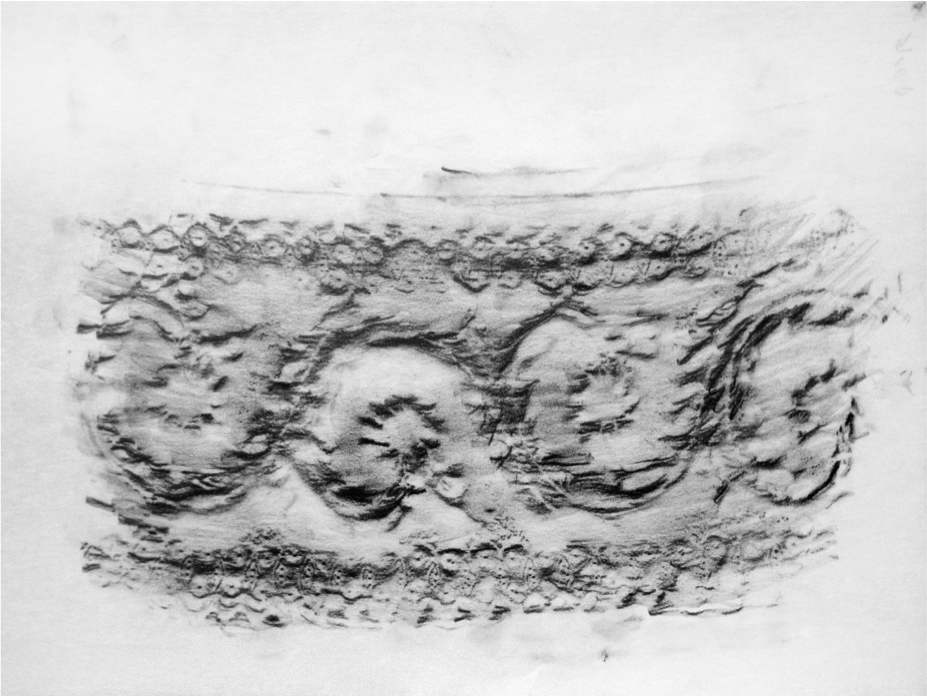
Texture of the city we Lost’..Aleppo, mixed media on paper 29.7 x 42 cm, 2013
Charlotte Schriwer’s research has focused mainly on the history of the Levant, (Jordan, Syria, Lebanon), in particular on its agricultural history from the 12th century to the 1800s. She has also explored the question of ethnic identity in the Ottoman architecture of the Levant. Since joining MEI in 2011, she has started a project documenting the history of protest art in the Arab world, with a focus on the Arab Uprisings. She holds a PhD in History and an MA in Middle East Studies from the University of St Andrews, Scotland, and an MA in Islamic Art and Archaeology from the School of Oriental and African Studies in London. Charlotte Schriwer co-edited Converging Regions: Global Perspectives on Asia and the Middle East (2014) with Nele Lenze and wrote Water and Technology in Levantine Society, 1300-1900: A Historical, Archaeological and Architectural Analysis (2015).
[1] Death Toll From War in Syria now 470,000, Group Finds, Anne Barnard, New York Times, Feb 11, 2016; http://www.nytimes.com/2016/02/12/world/middleeast/death-toll-from-war-in-syria-now-470000-group-finds.html?_r=0; accessed March 7, 2016.

